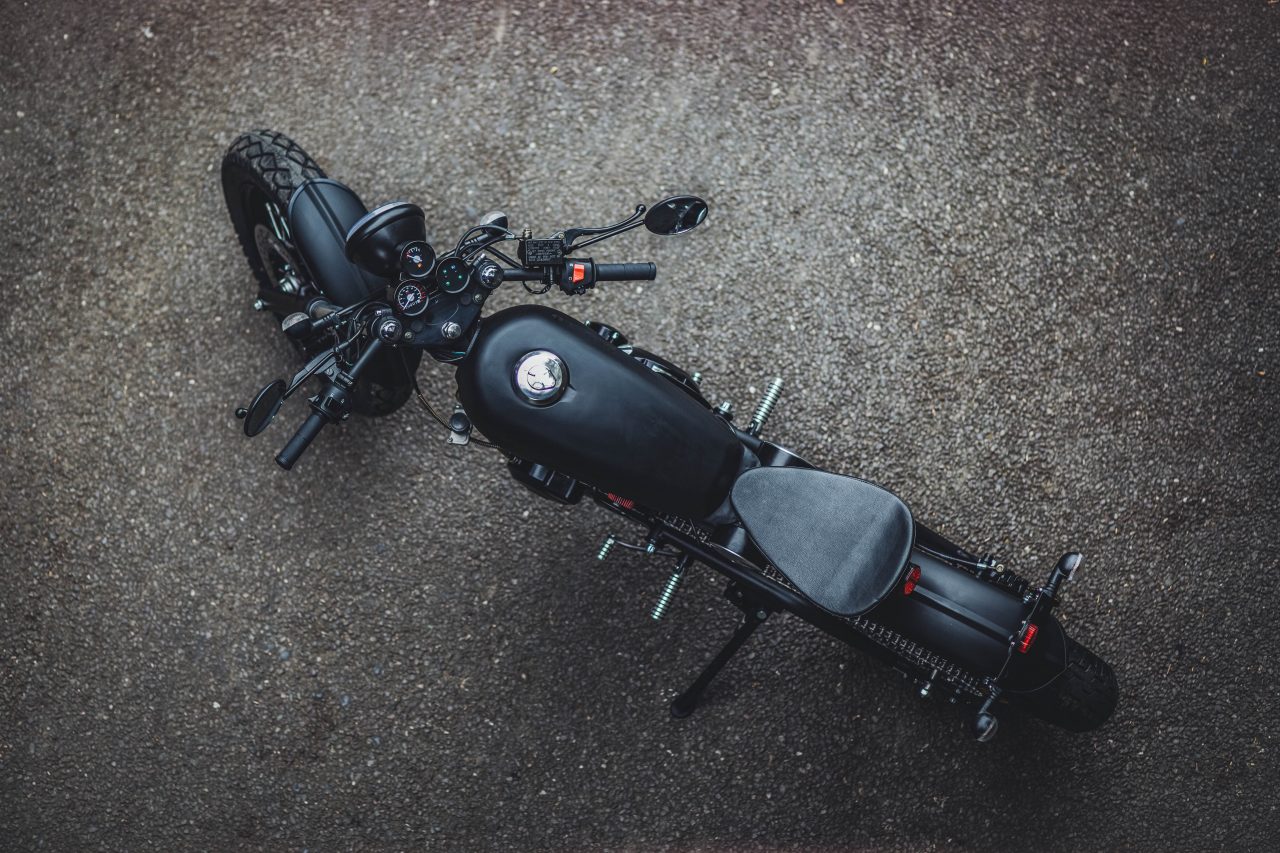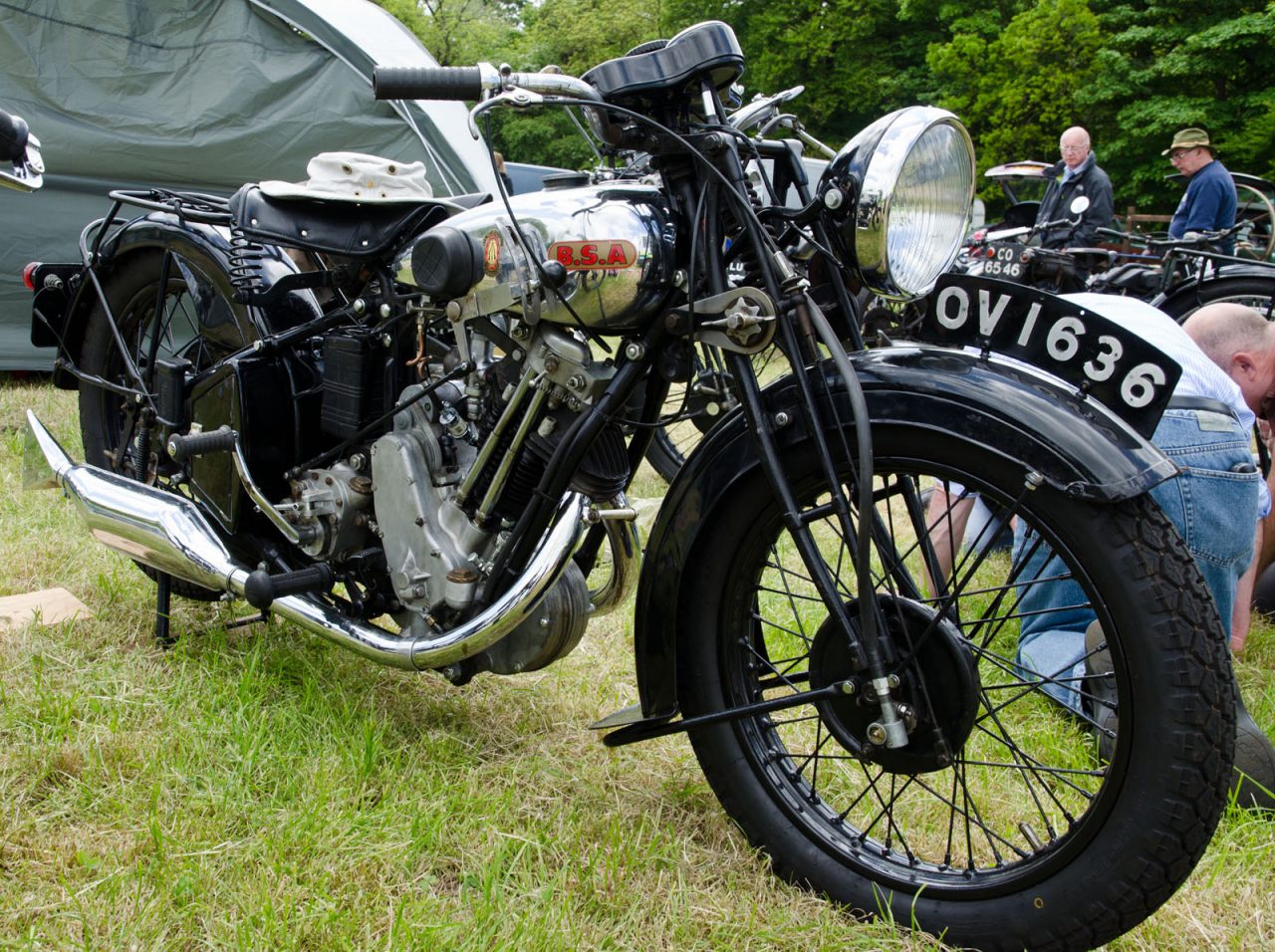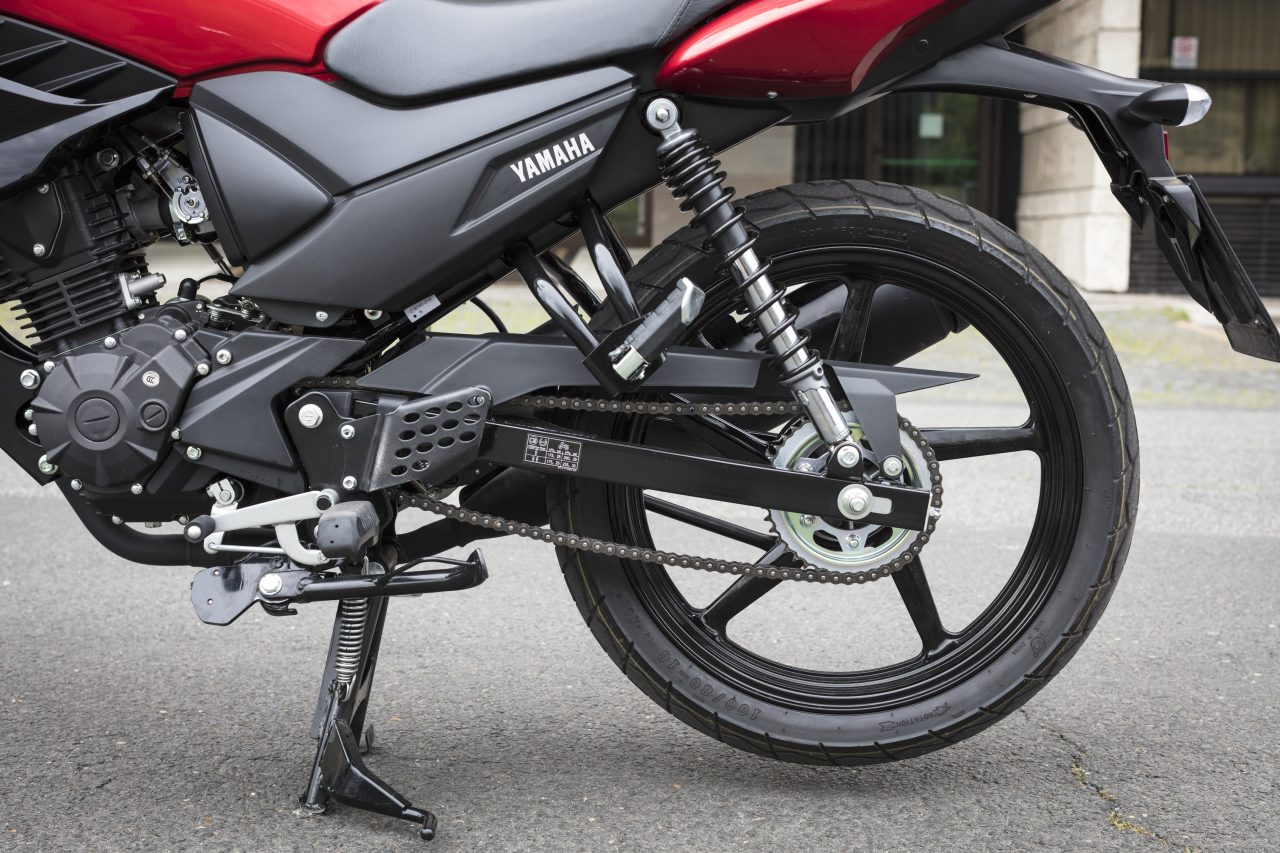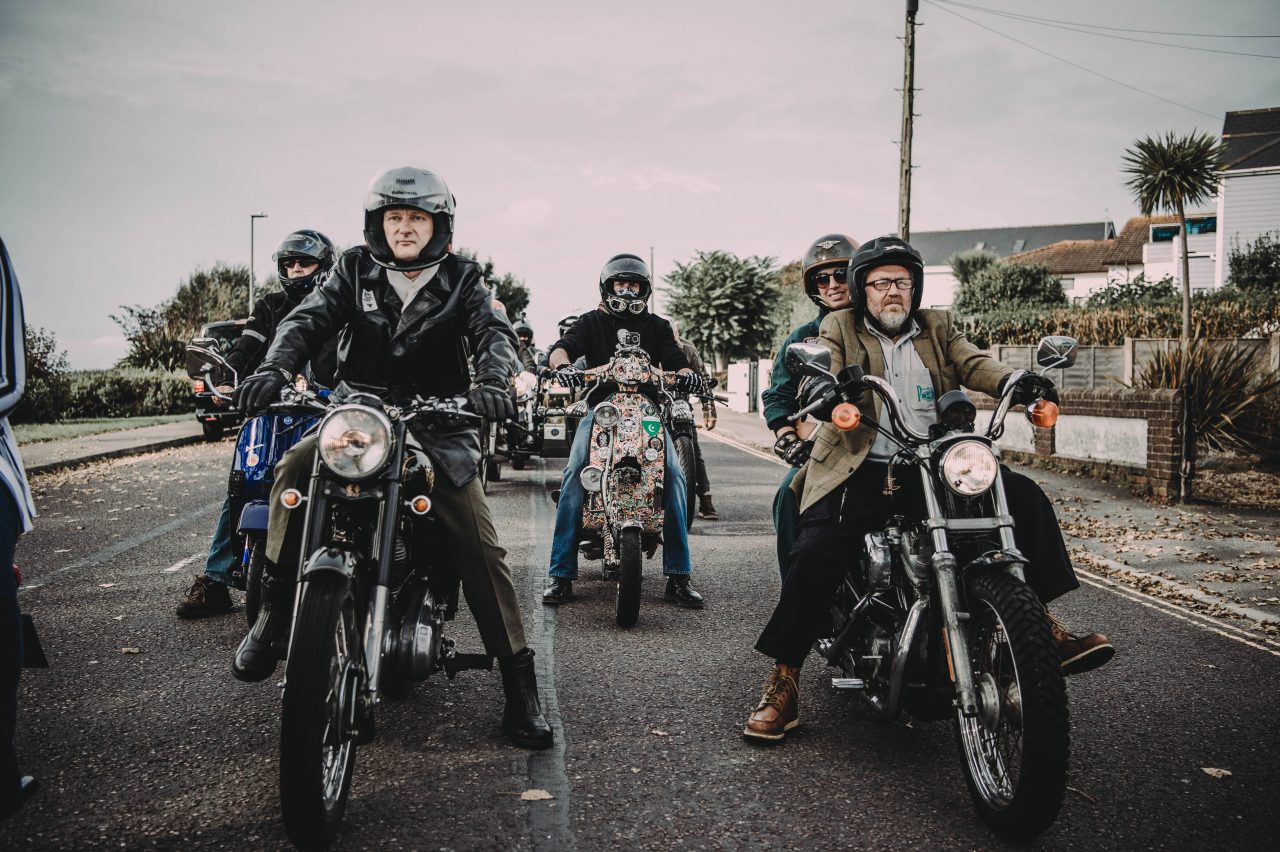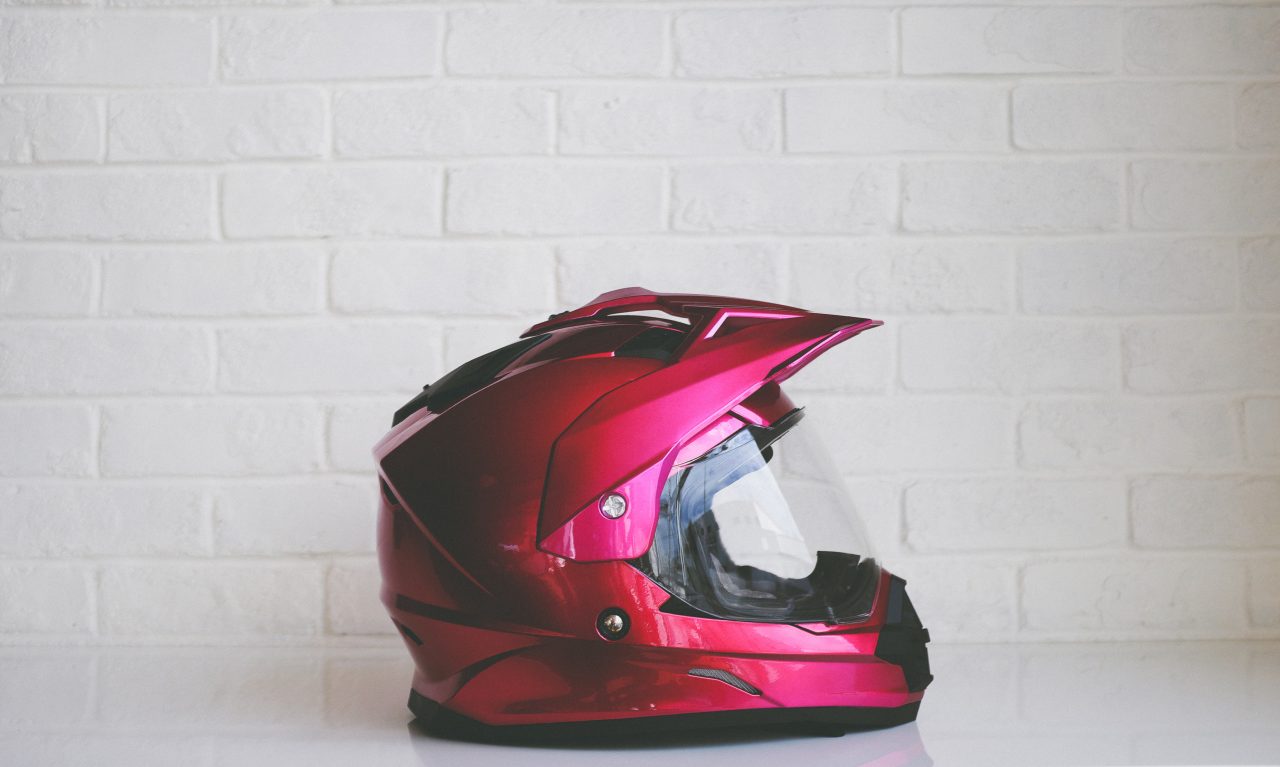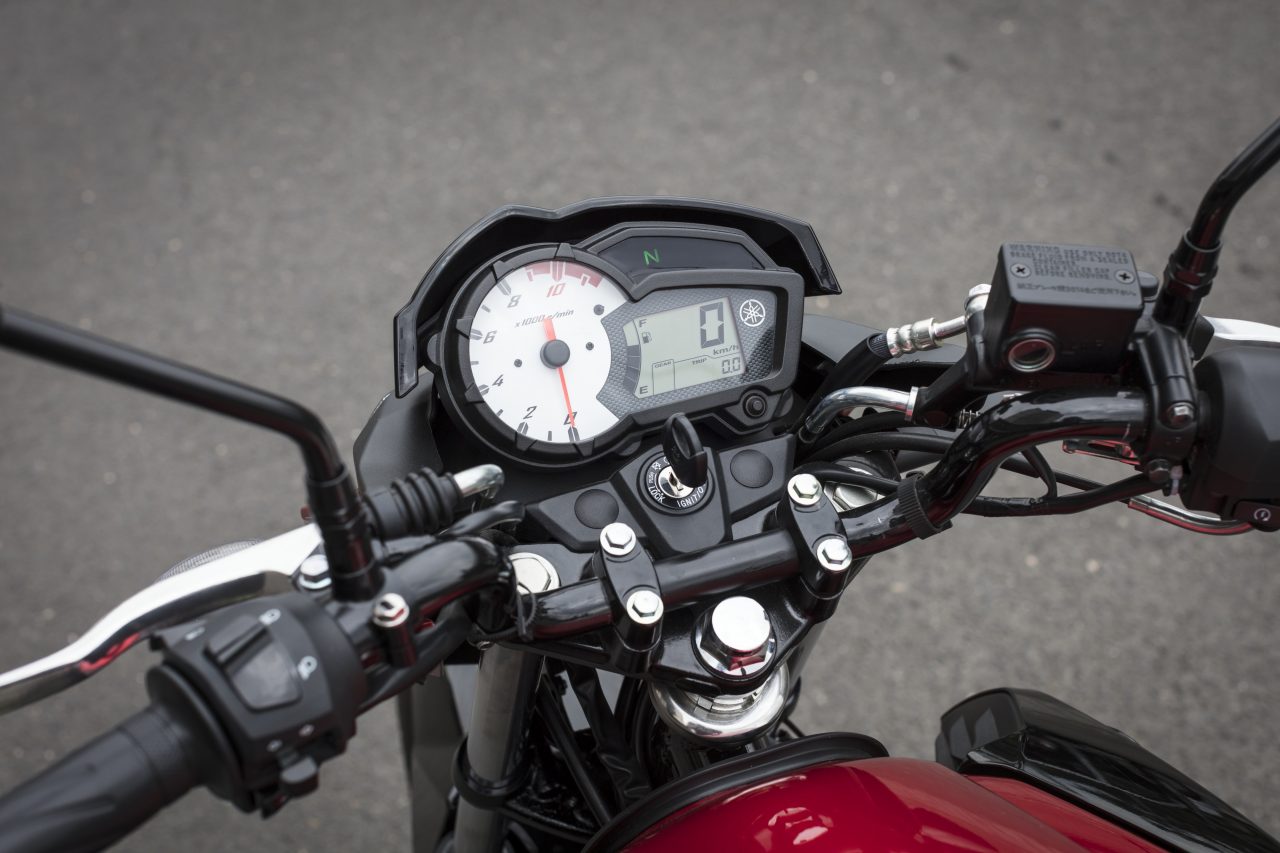Motorcycle, motorbike, bike, moped, scooter, cruiser, chopper, bobber, scrambler, ride… we could go on, there are literally tons of types and terms for motorcycles and they’re so much more than just a means of transport these days.
Their dual (yet contrasting) characteristics of freedom and danger have always given them a ‘bad boy’ image, a machine that’s not for the faint-hearted, with connotations of speed and danger but there’s a much deeper meaning, a biking sub-culture that traces its roots back to the post-war period in the US and Europe.
We’re taking a look at the origins of the motorcycle, what exactly it is, how it all began and the different types and styles of motorbike that there are. We’ll look at what makes them different, and the various characteristics of the different motorbikes that are available to you.
So, if Wikipedia’s explanation of the motorcycle isn’t floating your boat and you’re after something a little more visually appealing then we hope we’ve cracked it; and after you’ve read this you’ll get yourself onto two wheels and realise how incredible motorcycles really are.
An overview of the motorbike
In many ways, a motorbike is the simplest form of motorised personal transport. At its most basic, it’ss imply some sort of engine, two wheels, steering, a brake (hopefully) and somewhere to sit. And in the very early days, that was what you got.
Sharing engineering with the bicycles of the time, the earliest bikes used small internal combustion engines that replaced the human-powered pedals.
They were basic, but quickly ramped up in performance and sophistication, as advances in motor car design made engines more powerful and reliable.
We’re a long way from the post-war world of course, and the range of motorcycles on the road today is enormous.
We’re currently witnessing an increase in the popularity of the naked bike (or roadster) aided by the new-wave custom scene.
Meanwhile, the adventure bike sector has been growing year on year for the past two decades, after supplanting the sports bikes as top dog in the market. But no matter what type of bike you choose, riding is still all about individuality, excitement and a passion for two wheels.
The motorbike
History of the motorbike
Back when only the wealthiest could afford cars, motorcycles were attainable for the man in the street.
Factory workers, who only a few years earlier had been fighting a war, could now buy their own personal transport, opening up a whole new vista of travel – with speed, acceleration and excitement approaching that of the fighter planes which has been battling in the skies not so long ago.
Once they’d settled down with a family, simply bolting a sidecar allowed the spouse and kids to come along on country jaunts and holidays too!
Fast-forward through the rest of the 20th century and you can see how motorcycles really took off.
Manufacturing and engineering processes that had been finessed by wartime were applied to the car and bike industries, and the British bike industry in particular underwent amazing levels of growth.
Firms like Norton, BSA, Triumph and Royal Enfield catered to a growing market that wanted personal transportation, but couldn’t quite afford a car
BSA S31 Sloper (1931)
The next great wave arrived in the 1970s, when the Japanese motorcycle industry took over. The industrial revival in Japan extended to cars, electronics, cameras and motorbikes – and advanced manufacturing techniques meant great performance and quality, at affordable prices.
Honda, Yamaha, Kawasaki, and Suzuki overtook the British firms, and while European firms like BMW and Ducati did their best, Japan ruled the two-wheeled world all through the latter part of the century.
Since the millennium, Europeans have hit back, and KTM, Triumph and Aprilia and others have joined BMW and Yamaha to show Japan the way forward in several important sectors.
Less than 150 years since the first two-wheelers were invented, the modern motorcycle is a fantastically well-developed machine.
Engines are powerful, efficient and reliable, chassis and tyre technology gives racetrack-level grip and handling, and clever electronics have added layers of safety, preventing accidents. Of course, they still have those two wheels and an engine, but the brakes are much, much better and the seats are comfier than ever…
What are motorbikes made of?
Motorbikes need to be fairly light, strong, and able to deal with the elements. So they’re made out of a variety of tough, resilient materials. They’re generally not super-expensive though, so there’s a limit on how exotic these materials will be.
Almost all bike chassis parts are made of aluminium or steel. The main frame uses cast or extruded aluminium sections, or steel tubes, welded together.
The front wheel needs to steer, so is mounted on a rotating steering head, using steel and aluminium forks, which also contain the suspension components.
The rear wheel doesn’t steer, so is held rigidly in a swinging arm that moves up and down, with one or two shock absorbers to soak up the bumps. Those wheels are made of a light alloy, usually aluminium, either cast or forged. Some high-end machines use magnesium for even lower weight.
Rear wheel chain of a motorbike
Motorcycle engines use aluminium for the outer casing, crankcases, cylinders and head, with steel crankshafts and con-rods, aluminium pistons and stainless steel or titanium valves. Camshafts are steel; the clutch is aluminium and the gearbox uses high-strength steel.
Motorcycle bodywork is generally plastic, with fairing panels made from high-strength polymers, usually ABS (acrylonitrile butadiene styrene). Windscreens are made from clear acrylic (PMMA) or polycarbonate plastics, are as headlights and other lighting parts.
What are the different types of motorbike?
- Adventure
- Bobber
- Brat style
- Cafe Racer
- Chopper
- Classic
- Cruiser
- Custom
- Electric
- Enduro
- Flat Track
- Maxi Scooter
- Modern Classic
- Moped
- Motocross
- Naked
- Scooter
- Scrambler
- Sidecar
- Sports
- Sports Tourer
- Streetfighter
- Super Sport
- Three Wheeler/Trike
- Touring
- 125cc
Why choose a motorbike?
There’s a multitude of reasons to pick motorcycling, but they can split into, essentially, practical and non-practical reasons.
The former is easier to understand of course: motorcycles make a lot of sense in towns and cities, where thy can squeeze though traffic far better than a car.
They’re cheaper than a car at the most basic level, both to buy initially, and in terms of maintenance and running costs. They’re easier to park, needing a fraction of the space a car takes up and lot more efficient all round!
Motorcycling brings people together…
The non-practical reasons for motorcycling are more complex. A major factor is fun: the experience of riding a motorcycle is far more dynamic and involving than driving your average car.
The rider’s body is part of the vehicle, and body movements affect how the bike moves: weight transfer affects steering, braking and acceleration. Unlike driving, you’re not simply operating a machine here; you’re an actual, integral, part of it.
Take that a step further, and ride a bike on track, or on curvy country roads, and it’s a supremely satisfying experience, leaning through bends, bracing yourself against braking forces, and feeling the acceleration down the straights.
Finally, riding a motorbike is cool. It’s a step away from the norms of life – it is a dangerous thing of course, and that itself marks it out as a striking choice for many.
Why is a motorbike better than a car?
Motorbikes beat cars hands-down when it comes to urban use and traffic-busting. Their smaller size and nimble handling lets them squeeze through the busiest traffic, and for commuting through towns and cities, they’re faster and more efficient than anything else – unless you have a helipad at your office…
Bikes are also generally cheaper than cars, and having lower running costs. Finally, they can offer much higher performance than cars, especially in sportsbike form. The instant acceleration available from a modern, full-bore superbike is incredible, and very few vehicles can match it.
Why is a motorbike dangerous?
We’re not going to pretend otherwise: riding a motorcycle can be dangerous. Motorcyclists, unfortunately, are one of the most vulnerable road users and account for the largest proportion of road crash admissions to A&E in the UK. That’s because we’re not only vulnerable when a crash does happen, but we’re also susceptible to so many types of accidents.
Cars pull out of junctions without seeing bikes, taxis do U-turns across wide roads, buses and lorries cut corners, swiping unseen bikers off in traffic. And bikes are inherently unstable: having only two wheels means it doesn’t take much to fall off – wet roads, spilled diesel, gravel-strewn junctions, they can all have us off in an instant.
Momentary lapses in concentration have more serious consequences too – entering a corner too fast can end up with your bike in a ditch, where a car could maybe keep going with one wheel on the grass verge.
The consequences when you do have a bike crash are also more serious. You don’t have anything to like the protection a car can offer: there are no seat belts, air bags, bumpers or impact zones surrounding you.
If someone hits you on your bike, they hit you too. But there are plenty of ways you can make yourself safer on the road.
Motorcycle protective gear
Firstly is protective riding gear, to mitigate the consequences of a crash for your body.
You might have seen the term ‘AGATT’ in relation to motorcycle kit. It stands for ‘All Gear, All The Time’, and is a school of thought that says you should wear full riding kit any time you ride. Although it’s not all required by law, but one particular element is – a helmet!
The law says you have to wear a helmet that’s been approved by ECE 22-05 or equivalent safety standards, and that’s the bare legal minimum you have to wear.
Helmets are compulsory by law for UK riders. Credit: Unsplash
You can go much further though…
You can protect the main parts of your body and limbs by wearing various types of protective clothing, either made from leather, or though artificial materials, which will save your skin from catastrophic abrasion while sliding along the road.
Under the strong, abrasion-proof outer layer, you want impact-absorbing armour in place to reduce the damage caused by hitting other vehicles, kerbs, street signs, lamp posts or other roadside furniture.
More recently, riding kit manufacturers like Alpinestars and Dainese have started fitting advanced airbag technology to their jackets and suits.
These sense when a crash is happening, and inflate the protective gas-filled cushion inside the clothing in a fraction of a second; these can prevent serious skeletal and other internal injuries.
Your hands and feet are particularly to injuries in a crash, so these need more specialist protection.
Motorcycle boots use extremely tough impact absorbing structures and abrasion-proof outer shells, and often extend protection up around the ankle and lower leg.
Gloves use exotic material to prevent abrasion to your hands and fingers, impact-absorbing sections around the wrist bones, and super-secure fastenings to keep them on your hands in a spill.
Bike safety
Another part of the safety equation is your bike. At its most basic level, you should ensure that the brakes, tyres and suspension are in great condition, so you have the grip, braking and handling to prevent crashes in the first place.
Old, worn tyres are a sure-fire recipe for falling off in poor riding conditions.
Next, most bikes nowadays have anti-lock brakes (ABS) – indeed, it’s been a legal requirement for a few years now on all new machines.
If you’re riding an older bike without ABS, consider upgrading to a newer model that has it. On the road, locking the front wheel in particular will almost always lead to a spill.
Traction control is another solution that’s well worth considering. Like ABS, a small computerised ECU on the bike analyses wheel movements, and if it thinks you’re losing traction at the back tyre, it will step in and cut the power saving a crash.
Early systems were quite basic, but the very latest bikes have excellent traction control setups which work perfectly almost all the time.
There are also so-called passive safety systems on your bike which can help prevent collisions. Always-on headlights are an obvious example: car drivers will often see your headlights before they see you!
Use your biking knowledge
Finally, the best safety system is the one between your ears. Your brain is a fantastic rider aid, and with training and practice, you can make it even better. Never stop learning – the beauty of motorcycling is you’re never as good as you could be.
Keep practicing, keep learning. Attend as many courses as you can to keep your riding skills fresh, up to date and as good as they can be.
Whether its safety courses such as BikeSafe run by the police, or FireBike run by the fire service, all the way to advanced courses such as the Enhanced Riders Scheme (ERS), keep on learning and improving. You know it makes sense!
Motorbike speeds
Motorcycles generally have very high engine power outputs for their weight. The fact they don’t have a full enclosure for the rider and passenger (like a car) means they’re much smaller and lighter.
At the same time, they generally use low-torque, high-revving engine designs, which can make a lot of peak horsepower.
That gives them excellent acceleration performance – most middleweight and big-bore bikes will out-accelerate all but the most expensive super cars on the road.
The 0-60 acceleration figures for even modest sports bikes is often less than three seconds.
But motorcycles aren’t very aerodynamic.
Having a rider sat out in the breeze, with exposed wheels, engine, and messy airflow around the back end makes for a high level of drag compared with a smooth, slick car design.
This doesn’t matter so much at speeds below 60mph, but above this, drag starts to become much more important. The force exerted by drag increased as the square of your velocity, so to double your speed takes four times as much power.
The overall drag encountered by a vehicle is a function of its frontal area, and the so-called drag co-efficient (a measure of how ‘slippery’ the vehicle is).
Compared with most cards, motorbikes have a very bad drag co-efficient, but also have a small frontal area. This means they still perform quite well at higher speeds, despite being inefficient at moving through air.
Credit: Unsplash
Even very powerful motorcycles start to struggle to overcome air resistance as speeds approach 200mph.
The fastest bikes are the so-called hyersports machines, like the Suzuki GSX1300R Hayabusa, Honda CBR1100XX Super Blackbird, Kawasaki ZZR1400 and ZZ-R1200, and BMW K1300S.
These all have very powerful engines, making almost 200hbp, but they also have quite good aerodynamic performance.
That means extensive, smooth fairings that try to envelop the rider in clean airflow, with big mudguards over the front wheel and large tail units to try and re-attach airflow behind the bike.
The hypersports bikes reached a peak in 1999 with the Suzuki Hayabusa which would touch almost 200mph in the right condition. But the manufacturers feared statutory intervention by governments worldwide, so they agreed between themselves to limit future bikes to 300 kilometres per hour, or 186mph.
So while loads of new bikes have more power than the 1999 Hayabusa, they have electronic speed limiters that cut power above 186mph.
